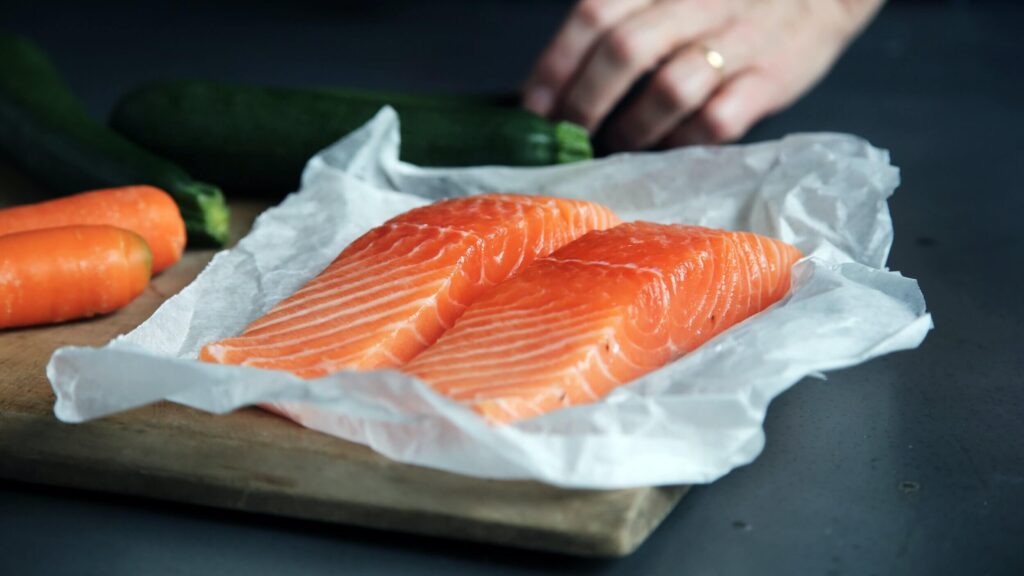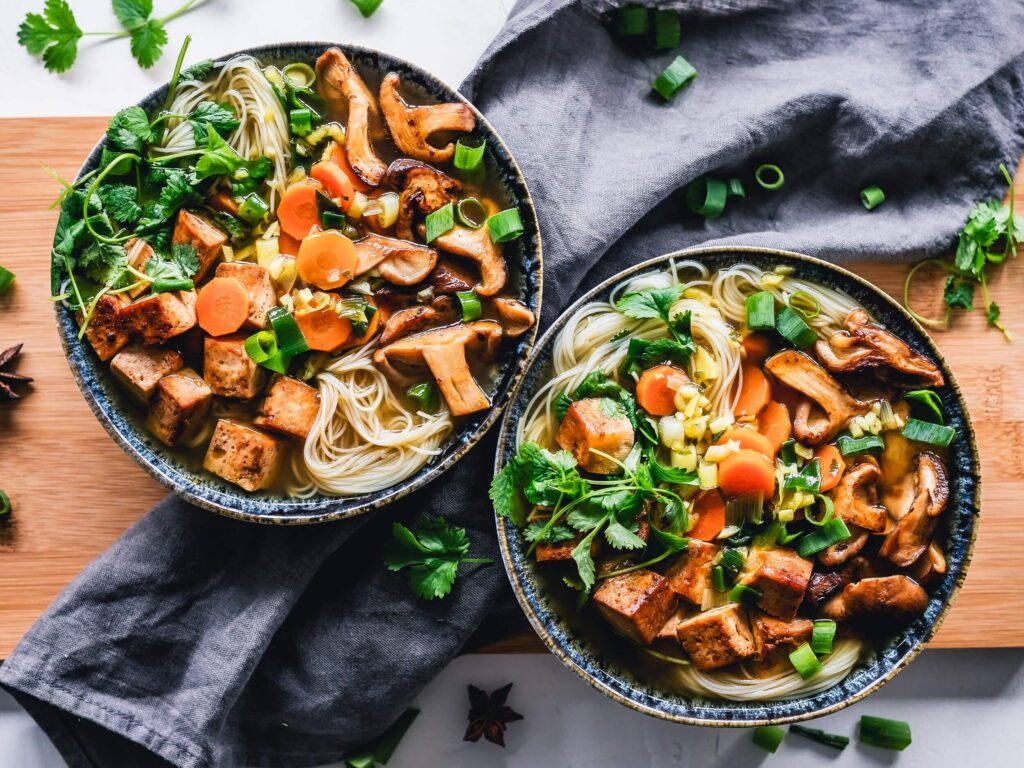Have you ever wondered what the most dominantly produced crop in the world is? It’s wheat, and the reason behind its superiority is more complex than you think.
Wheat comes from a tribe of grasses called Triticeae, which also includes barley, rye, and some important wild grasses, among others. The seeds of these grasses were attractive as a flavour to primitive humans. The early diversification of the group took place at a location known as the ‘Fertile Crescent’.
Named so because of the boomerang-shaped region of the Middle East that was home to some of the earliest human settlements, it is also known as the “Cradle of Civilization,” and was the place of origin of many technological innovations, including the wheel, agriculture, and the use of irrigation.
Evidence left by nomadic humans suggests that they went from simply hunting animals to also gathering seeds for food. A likely decrease in the availability of games also pushed our ancestors to look for alternative sources of food. These humans were technically the first millers. They selected grains that could most easily be released from their glumes and husks and ground them to prepare flat cakes. Thus, the most primitive form of refining was born.
The evolution of agriculture and cultivating seeds for harvest, occurring around 12,000 years ago according to National Geographic, changed not only the available food supply but also how humans consume food.

Farming, storage of food, and instant access to any food any time of the day have enabled us to consume more than the amount of energy we require. It has also sparked a metabolic health crisis. The main reason is that the food we consume is immensely refined.
Today, grains are refined in mills, where the germ and bran are removed from the grain to give it a fine texture. The process not only extends the shelf life of things like white flour, white rice and white bread but also gives us many everyday products, such as bread, cereals, crackers, desserts, pastries and more.
Unfortunately, the refining process ends up removing much of the nutrients, minerals and even fibre that grains naturally possess, turning these foods into empty calories. This means that they digest quickly, making them more likely to have a high glycemic index, which leads to spikes in blood sugar and insulin levels.
Impact on our metabolism
Major swings in blood sugar levels are likely to affect a person’s metabolic health over the long term.
This can also contribute to overconsumption or overeating. Studies show that foods that are high on the glycemic index only keep you full for a short duration, whereas low glycemic index foods keep you satiated for a longer period of time. When the sugar levels in your blood drop a couple of hours after eating a highly refined carb meal, the hungry part of your brain gets stimulated. This makes you crave food and might cause you to overeat.
Long term studies also claim that consuming refined carbs is connected to increased belly fat over 5 years, and may cause inflammation in the body.
Several studies have hypothesised that they could be one of the chief causes for leptin resistance and obesity. As it stands, sugars and refined grains are, unfortunately, a very large part of the total carbohydrate intake in many countries due to a number of reasons including accessibility and affordability.
Pre-agricultural revolution food habits
Before the introduction of agriculture, the primary sources of food were hunting, gathering and fishing. The emergence of farming pushed out the nomadic hunter-gatherers from productive farmlands, leading them to be limited to the forests of the Amazon, the grasslands of Africa, the remote islands of Southeast Asia and the tundra of the Arctic. Today, only a handful of tribes remain in the world that are hunter-gatherers. Researchers have continued to study the lifestyle and dietary behaviours of these tribes and, in particular, the paleo diet has managed to gain a lot of popularity, despite the mixed research around it.

Should we eat the way our ancestors did?
Proponents of the paleo diet believe that if we eat as our hunter-gatherer ancestors did, it will help us lose weight and prevent diseases. However, is this sound nutritional advice?
The paleo palaeolithic diet is based on the eating habits prevalent between 2.6 million to 12000 years ago, before agriculture. Primarily, only meat, seeds and other naturally occurring foods were consumed, with no refined or processed foods.
Followers of paleo believe that humans are genetically designed to eat in a particular way, specifically how our ancestors did. This school of thought is based on a theory called the “evolutionary discordance hypothesis”. It posits that our evolution stopped close to 50,000 years ago and that our bodies are still best benefitted from a lifestyle akin to hunting, moving around and eating a certain type of food, unlike what today’s fast-food culture represents. While eating like our ancestors is extremely difficult, given that we are surrounded by options and a highly marketed food industry, some studies show that paleo can have a beneficial effect on type 2 diabetics, help patients lose weight, and reduce the risk of metabolic disease.
On the flip side, some researchers say that paleo’s health benefits may be overreaching.
There isn’t much concrete evidence that backs up the health benefits of the paleo diet, other than weight loss. Other prospective health benefits haven’t been studied as extensively. In fact, some research has uncovered that it could even be unhealthy for some people to follow a paleo diet, particularly among those concerned with heart and kidney health.
But here’s the twist in the tale: Apparently, even palaeolithic humans didn’t eat “paleo.” Lots of anthropological studies have found that the popular diet’s interpretations of how Paleolithic-era humans consumed food are pretty inaccurate.
To add a cherry on top, this article in Scientific American argues that we are not biologically identical to our Paleolithic predecessors and do not have access to the foods they ate.

Having said that, here are a few examples of foods according to ancestral eating, which include local, organic, non-GMO, seasonal, and environmentally sustainable ingredients and processes to ensure long term health:
- Foods processed at home
- Any foods that can be fished or hunted
- Foods and drinks that require little or no labelling, minimal packaging, very few ingredients, and have undergone minimal travel
- Low glycemic foods, with carbohydrate-rich foods like yams and sweet potatoes for high energy activities and for athletes
- Foods with naturally low anti-nutrients, that are nutrient-dense and dairy-free, and lack the addictive factors of processed and carbohydrate-rich foods and drinks
- Eating Ancestral Foods is treating food as sacred, knowing the farmers and origins of the foods, knowing the paths the food has taken from the source (wild, farmed, or gardened) to the table
- Foods that contain less than 4-5 ingredients if it is in a package. All ingredients are real foods. Ancestral foods don’t contain artificial substances/poisons like chemicals, flavours, hydrogenated, maltodextrin, sugar, yeast, corn syrup, or other broken parts of whole foods
- Foods that are usually a single, whole ingredient such as fish, vegetables, fruit, nuts and seeds
Please note that any dietary changes should be consulted with a certified nutritionist before including them in your diet.
Conclusion
While there’s more research that needs to be conducted about ancestral eating, there is some merit to the idea of consuming unrefined and unprocessed foods. You can avoid overconsumption of refined foods and opt for more whole foods. There can’t be a single diet plan across the board for each person because each body, metabolism and lifestyle is different.
If you are looking at achieving holistic wellness and longevity, it’s important to find healthier alternatives and adopt practices that help you maintain a healthy relationship with your food.
References
- https://www.encyclopedia.com/food/encyclopedias-almanacs-transcripts-and-maps/natural-history-wheat
- https://www.visualcapitalist.com/the-worlds-most-valuable-cash-crop/
- https://www.healthline.com/nutrition/why-refined-carbs-are-bad#TOC_TITLE_HDR_4
- https://www.mayoclinic.org/healthy-lifestyle/nutrition-and-healthy-eating/in-depth/whole-grains/art-20047826#:~:text=Refined%20grains.&text=The%20refining%20process%20also%20removes,are%20made%20with%20refined%20grains.
- https://www.discovermagazine.com/health/the-paleo-diet-should-modern-humans-eat-the-way-our-ancestors-did








